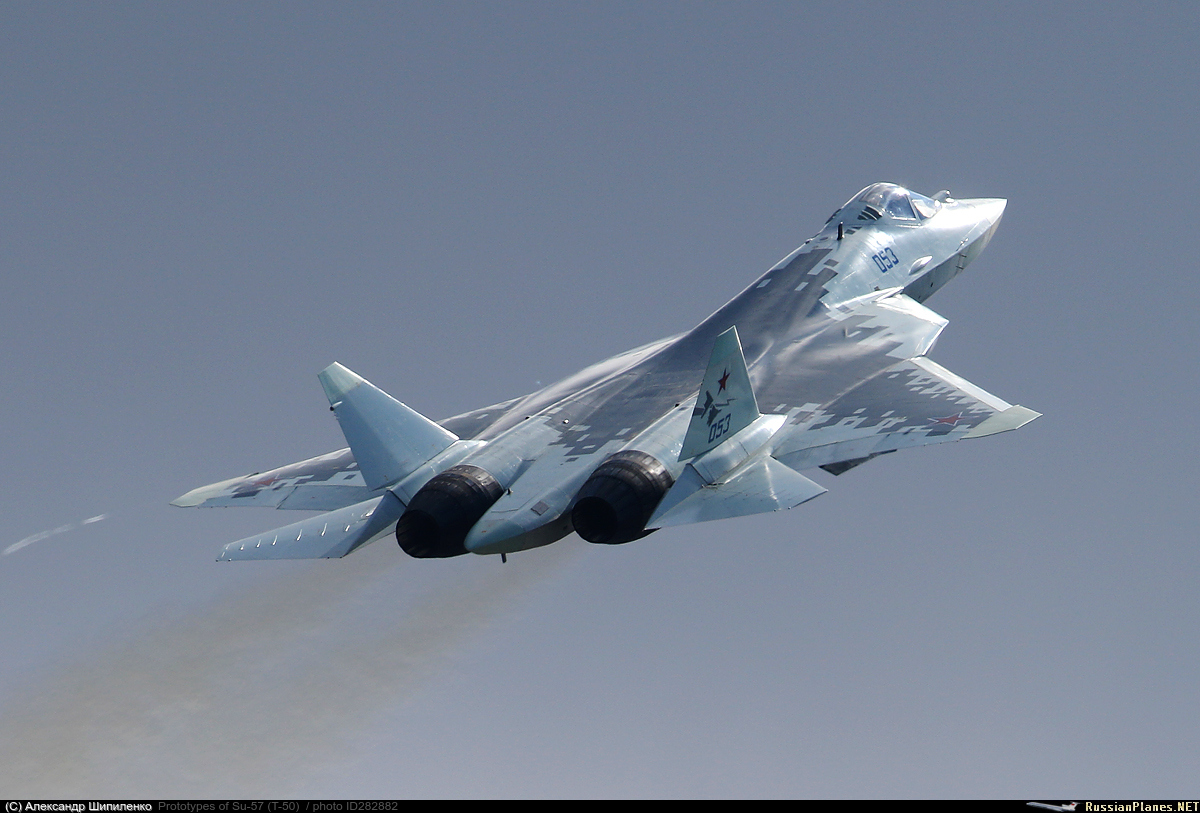 GarryB Wed Apr 14, 2021 8:46 am
GarryB Wed Apr 14, 2021 8:46 am
The information I have read comes mostly from Piotr Butowski, and he says something along the lines of the L band radar being able to scan and detect the presence of stealth targets, but not being able to track them like a normal radar, as a consequence of the shape of the radar array and the frequency...
But your mentioning the NEBO ground based system is interesting... most western experts think it is simply three different radar operating in three different frequencies that operate together.
It is more than that, they are actually linked and their results are combined using computers to get more information than the radars supply.
Think of it in terms of light... an enemy sniper will wear all sorts of light and shape based camouflage to conceal his presence... that is like radar stealth and is intended to defeat a human beings primary detection system... our eye balls.
Our eye balls are still very capable and useful, but that capability is not reliable at night and in bad weather and with snipers in gillie suits in suitable foliage.
What NEBO does... and also what the Su-57 does, is use a range of sensors to make the job of the sniper harder.
In optical terms it is like adding ground radar and thermal imaging equipment to the magnified optics... so anything that moves will draw other sensitive sensors to look there. Most snipers have IR defensive materials but they are not perfect and glimpses of heat will still be visible if you are zoomed in and looking at them... the same with a radar.
What might give the sniper away is a radar return on a rifle barrel, or an IR glow from a gap in his gear as he creeps along or perhaps a thermal imager in a UAV that he didn't see and wasn't hiding from, or it might have just been him moving that attracts the attention of the system.
The point is that to detect an enemy aircraft the Ku and Ka bands are the most accurate, so the Su-57 has those in its nose facing forward and sideways, so think of them as massively zoomed in optics.... they can detect stealth targets but having to scan the entire sky means broad casting your position and perhaps allowing them to remain outside the distance you can easily detect them.
The thing is that the Su-57 also has IRST which detects targets in a different way and there are long, medium, and short wave IR imagers that can also be used to detect objects with heat sources like any stealth fighter ever made... it works in different frequencies that render radar stealth meaningless, and combined with radar can be very effective at finding all sorts of things without having to broadcast enormous amounts of radar energy.
And we have the wing root mounted L band radars... which are radar but operate in a much different radio wave than the Ku and Ka band sensors... a bit like a thermal imager being used when the normal Ku and Ka are not effective.
Think of it as Ku and Ka band radar as being visible light. You could try to see in UV frequencies but aircraft don't give off UV light naturally so you would need powerful UV lights for that to make a difference. L band is a much different range of radar frequencies like IR is, so stealth to Ku and Ka, is like darkness to visible light. L band is a thermal imager... and ironically it could be used to point the IRST and nose mounted AESA radars directly at the target with precision making detection much faster and less obvious and easier. Instead of sweeping the entire sky with 20Kwts of power, they can point the radar element directly at where the stealth object is and use maybe 5Kwts of power instead and still get a lock.
Lband is not effected by RAM coatings and aircraft shaping because L band is too long a wavelength to be absorbed by coatings less than a few cms thick and L band can't see the shape of an aircraft anyway... the entire aircraft reflects the wave... its shape does not redirect it away from the antenna.
The point is that by linking the L band and Ku band and Ka band and IR and visible light optical IRST (which includes an IR location sensor, and a couple of imagers (most likely long, medium, and short wave IR... LWIR, MWIR, and SWIR sensors, and also a LLLTV digital video system) I would think the processing power should make all sorts of detection and tracking of targets automatic and rather easier than on any other Russian fighter.
Personally I think the western ignorance about the Su-57 is excellent.... the alternative would be respect and then fear and then mobilisation to try to make the F-35 and Tempest better to counter the threat.
Having them complacent and wrong is a good thing.
In the early 1990s the west thought it was invincible... it had just trashed the most powerful country in the world... so they said... Iraq...
You would think experience in training against the MiG-29 would have shut them up... but no.
It helps them sleep at night I suppose.




 LMFS
LMFS





